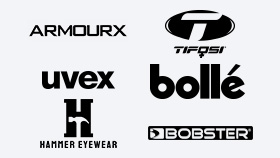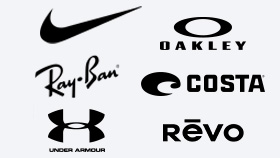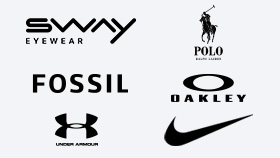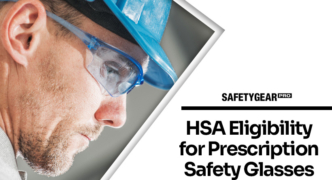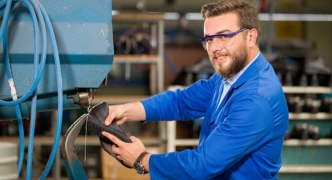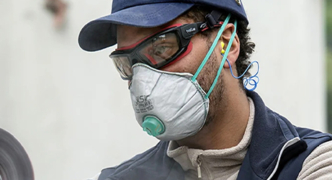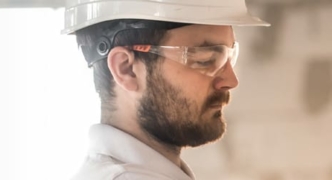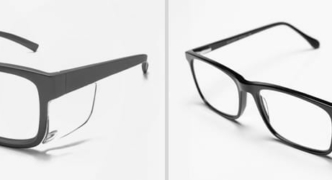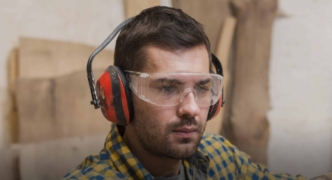Auto Darkening Welding Safety Helmet—Learn About the Options
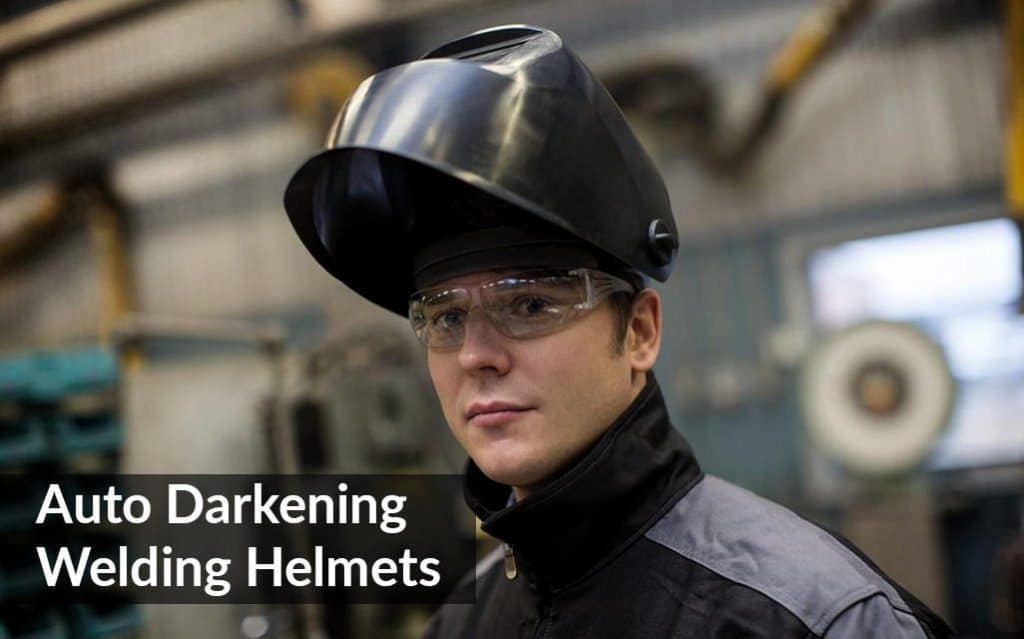
When it comes to welding projects, a safety helmet is a must. It protects the wearer from flash burn, metal sparks, blazing heat and UV and infrared light. While passive welding helmets are quite common these days, and they provide moderate protection for basic welding projects, they are difficult to work with, especially for beginners. The auto-darkening safety gear is more comfortable and efficient.
If you are a beginner or a professional looking for an auto-darkening safety helmet, have a look at these options before you make a decision:
1. Fixed Shade
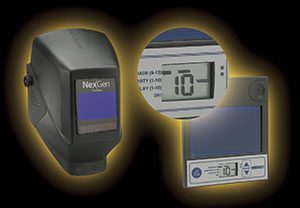
In this welding helmet, the shade automatically darkens to a shade #10 when it senses an arc. It is a better alternative to a fixed passive shade helmet.
2. Variable Shade
This safety helmet is perfect if you are using different welding processes. The shade can be adjusted anywhere between shade # 9 and shade # 13.
3. Adjustable Delay Controls
This control gives you the option to choose how long the lens would remain darkened. If your project entails welding at high amperage, then you would need a longer delay time. However, a shorter delay time is useful if you are tack welding on a large project and need to get it done quickly.
4. Adjustable Sensitivity Control
All types of auto-darkening helmets come equipped with an adjustable sensitivity control. This feature allows you to work comfortably when you are working at low amperage and need more light.
5. Lens Reaction Time
The time it takes for a lens to identify an arc and darken is the lens reaction time. The beginner-level helmets usually have a slower lens reaction (about 1/3,600th of a second) time as compared to the professional level (about 1/20,000th of a second). A faster reaction provides a higher level of protection, so if you have bigger welding projects, choose an auto-darkening helmet which has the fastest lens reaction time.
6. Number of Sensors
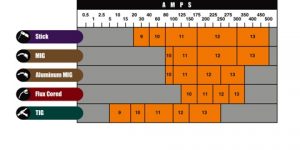
The number of sensors in an auto-darkening helmet can be 2, 3 or 4.
- 2 Sensors: Perfect for small DIY projects. Provides basic coverage.
- 3 Sensors: Great for production work, or in the case where you have a clear line of sight. Moderate coverage.
- 4 Sensors: Best for industrial grade work. Provides highest coverage level.
Viewing Size
Viewing size ranges from 6 sq. inches (for hobby-level welding) to 9 sq. inches (for industrial-level welding). The helmet you choose depends on your preference and your welding position.



